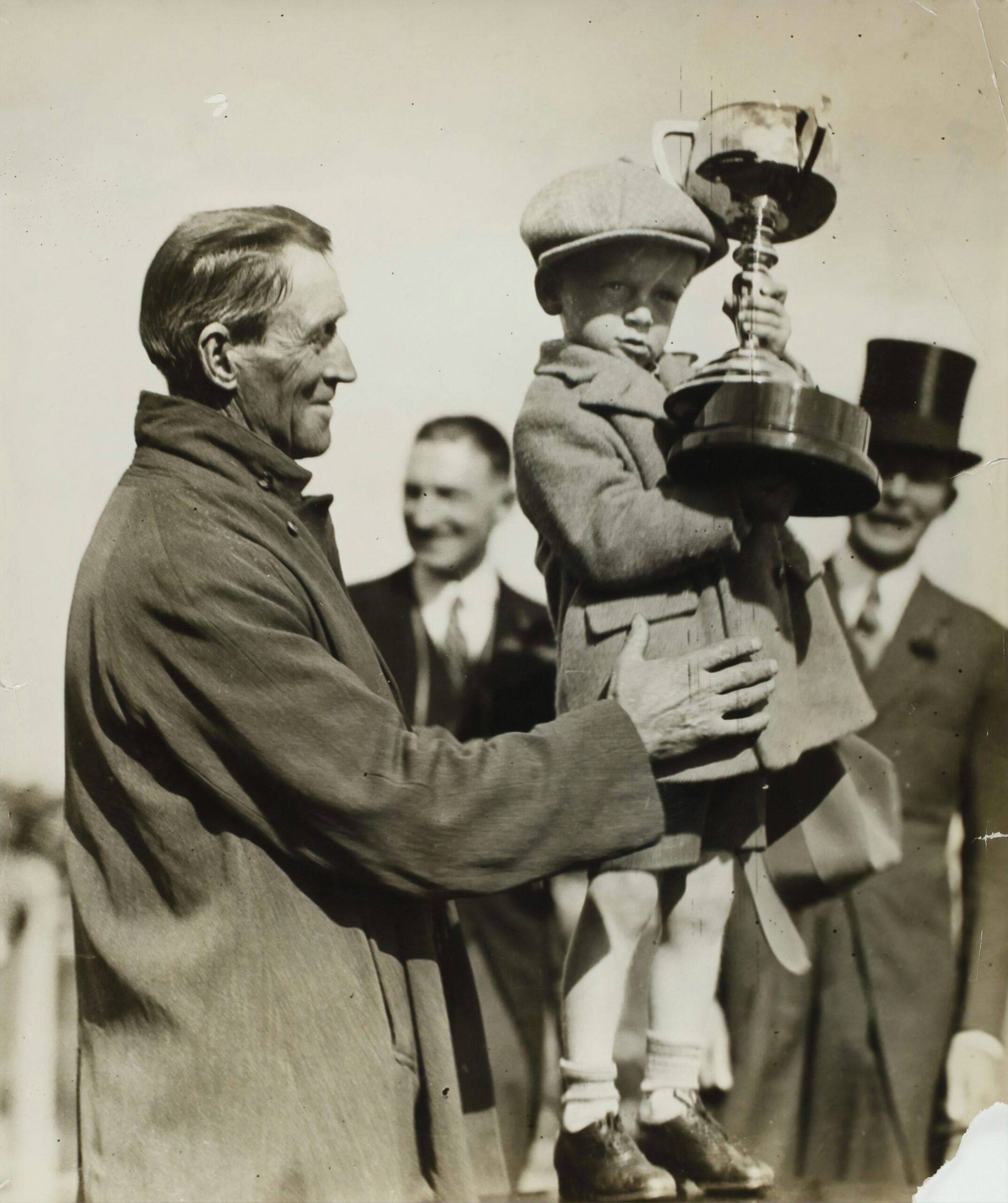During a recent session of the Network, I had to explain to one of my students what I mean by ‘levels’ in badminton — so I thought it was the perfect time to create this article.
If you’ve ever tried to understand where you fit in badminton, you’ve probably heard the same old labels: beginner, intermediate, advanced. I often come across people trying to put themselves into these three groups wrong. Some say they’re beginners when they’re not, and others claim to be intermediate when they’re not.
These 3 groups sound simple enough — but what do they really tell you about a player’s abilities, mindset, or readiness? Not much.
The truth is, badminton development is more complex as it looks for the first sight.
A player might be technically sharp but physically unprepared. Another might be strong and fast but mentally/physically inconsistent. Progress in this sport doesn’t happen in a straight line — it overlaps, fluctuates, and evolves.
That’s why I want to introduce a more realistic way to understand player development: The 12 Levels of Badminton.
Why the Old System is Misleading
The traditional three-tier system — beginner, intermediate, advanced — assumes players progress neatly from one stage to the next. But real badminton development doesn’t work that way.
A player might have:
- Excellent technique but poor strength and stamina
- Brilliant focus but inefficient footwork
- Great power but little tactical awareness
Under the old system, all of them would still be labeled “intermediate,” even though their training needs are completely different. That’s why such broad categories can be confusing for players and parents alike.
Worse, they can create false hierarchies — as if some players “belong” and others don’t. In reality, every player is just at a different stage of development, moving forward — or backward — in their own way.
Introducing the 12-Level System
The 12-level framework breaks badminton development into smaller, more meaningful steps — from Level 0 (Spectator) to Level 12 (Legend).
Each level represents not just technical skill, but a balance of three key dimensions:
- Technical & Tactical Skills – how well a player can control the shuttle, move efficiently, and make good decisions on court.
- Physical Preparedness – their speed, balance, endurance, and ability to sustain performance.
- Mental & Emotional Readiness – their focus, resilience, and awareness under pressure.
These three dimensions rarely develop at the same pace — and that’s perfectly normal. You might be mentally ready for advanced competition but still building the physical base to support it. Or you might have great conditioning but need to sharpen your tactical thinking.
The 12-level system helps you identify those imbalances and work toward harmony between them.
Overlaps Are Normal — and Important
Many players progress unevenly, and that’s actually part of the learning process.
- A Junior National player might compete internationally (Level 9 in experience) but still struggle to pass physical conditioning tests (Level 7 physically).
- A Leisure player might understand tactics (Level 5 mentally) but only just be developing the technique to apply them (Level 3 technically).
This is why the 12-level system should never feel restrictive — it’s not a ladder you climb in perfect order.
It’s a map showing where you’re strong, where you’re growing, and where you can improve next.
6 phases of the Twelve Development Levels
To make the 12 levels easier to understand, I group them into six phases:
- Foundation Phase: Level 0–2 (Spectator, Beginner1, Beginner2)
- Exploration Phase: Level 3–4 (Leisure1, Leisure2)
- Commitment Phase: Level 5–6 (Intermediate1, Intermediate2)
- Performance Phase: Level 7–8 (Advanced1, Advanced2)
- Professional Phase: Level 9–10 (International1, International2)
- Mastery Phase: Level 11–12 (Top1, Top2)
Each phase represents a shift — from curiosity to mastery, from learning how to hit the shuttle to understanding yourself as an athlete.
Most Players Will Stay at Leisure Levels — and That’s Completely Fine
One of the most important truths about badminton — and sport in general — is that not every player is meant to reach top levels.
That is not failure. That is balance.
The reality is that the majority of players will naturally remain around the Leisure 2 level.
At that stage, they can rally comfortably, understand the game, and enjoy competitive matches with friends.
They’ve built solid skills and fitness, and badminton becomes a joyful part of their lifestyle — not their whole life.
For adults, this is often exactly where the game belongs: a healthy outlet, a social space, and a way to keep mind and body active.
For juniors, reaching Leisure 2 is already a remarkable milestone — it shows coordination, discipline, and a grasp of tactics that many never achieve.
But to advance beyond this point — into the intermediate, advanced, or professional phases — requires a fundamental shift in mindset about commitment.
That leap isn’t just about training more; it’s about transforming the way a player thinks, moves, and lives.
To progress beyond Leisure 2, players must:
- Adopt a high-performance mentality: accepting discipline, structure, and constant self-assessment.
- Commit to physical conditioning: developing endurance, strength, and recovery habits that support intensive play.
- Balance life around the sport: planning time, rest, and goals with a competitive mindset.
Without that internal shift — from “I play badminton” to “I train for badminton” — no amount of technical improvement will move a player beyond the leisure phase. And that’s okay.
Badminton is not only for those chasing trophies — it’s for everyone who loves the sounds of the game, the rhythm of rallies, and the connection the sport brings among people.
I celebrate every level of commitment. Whether badminton is your passion or your pastime, what matters most is that you enjoy the journey, play with purpose, and respect your own pace of progress.
Next Steps
In this series, we’ll explore each level in detail — from the first time you watch the game played (Level 0) to the pinnacle of world-class competition (Level 12).
You’ll learn what defines each stage, what to focus on, and how to move to the next level — one step, one improvement at a time.
Whether you’re a player, a parent, or a coach, this system will help you see badminton not as a race, but as a journey of mastery — technical, tactical, physical, and mental.
Please remember, your level doesn’t define you. It shows you where you are — and where you can grow next.

